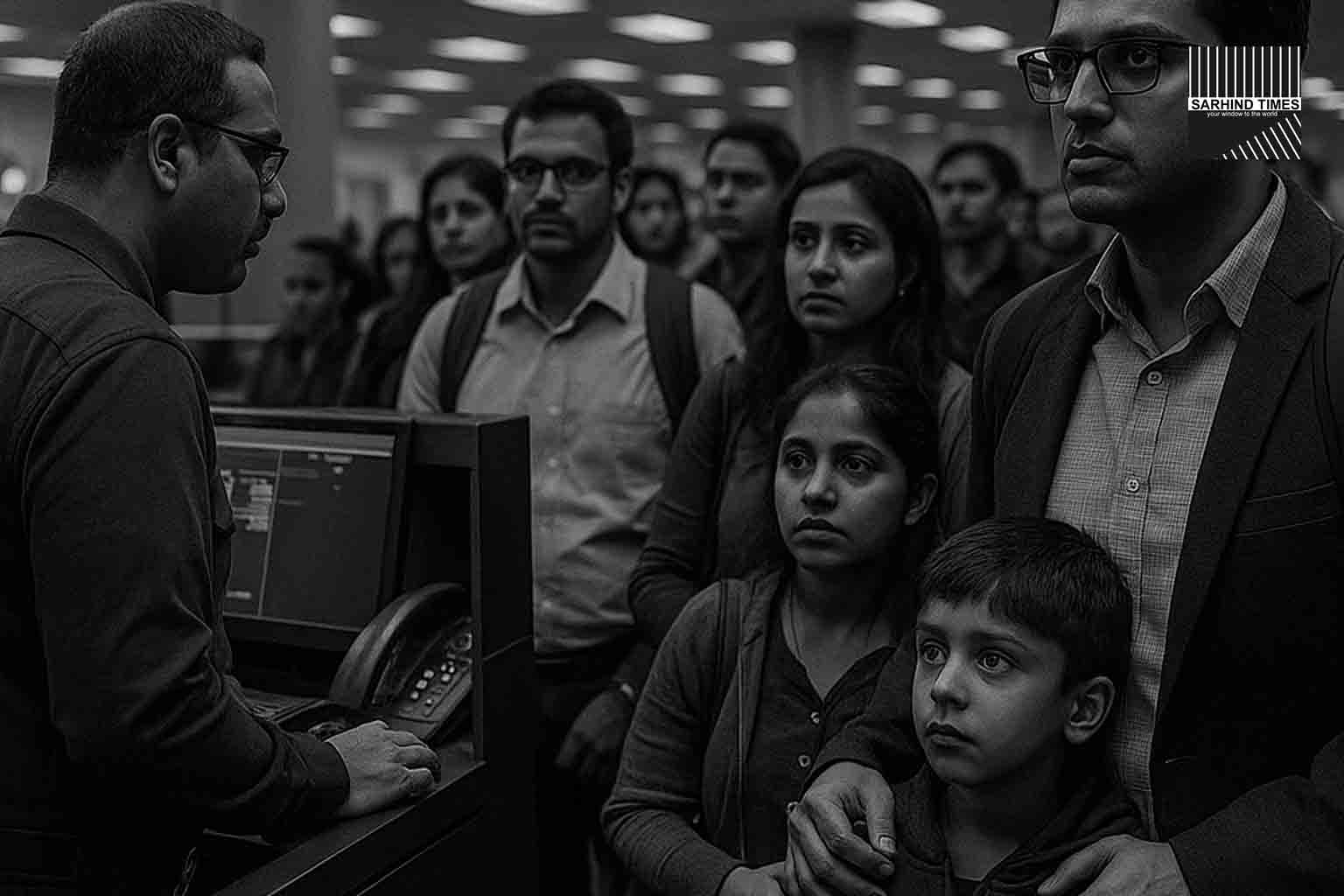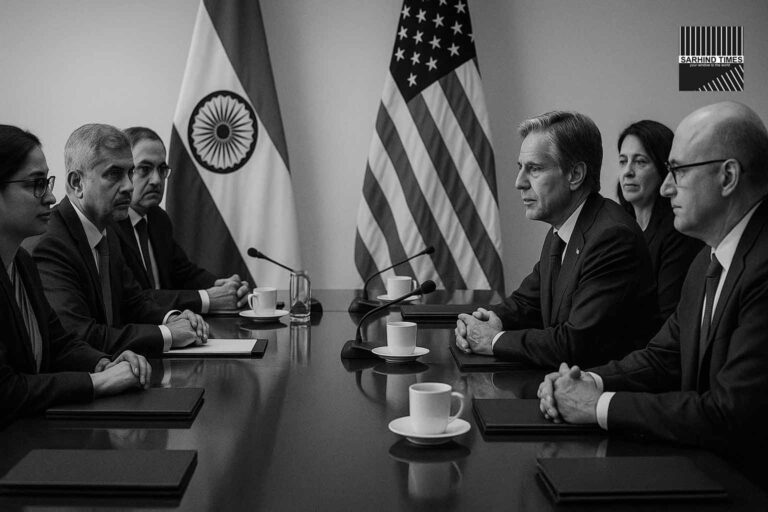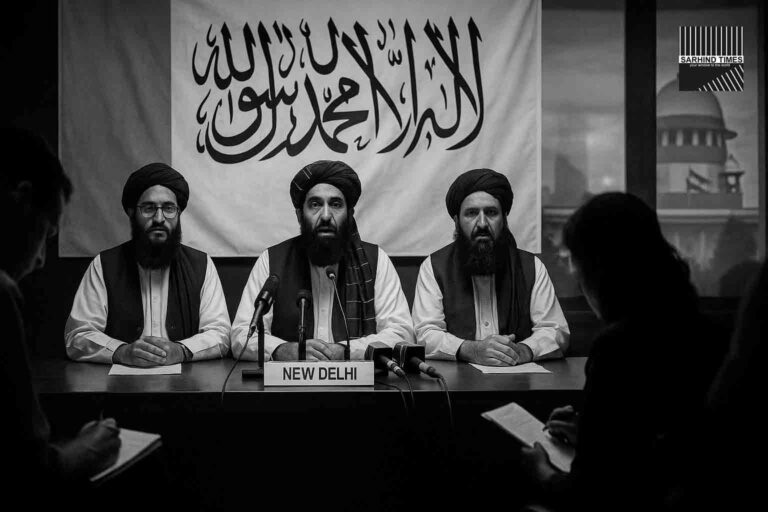21 sep 2025
India’s Ministry of External Affairs (MEA) has raised concerns over the recent US decision to sharply hike H-1B visa sponsorship fees, warning of potential “humanitarian disruptions” affecting families and professionals. The ministry’s statement comes at a sensitive time, as New Delhi balances its role as a strategic partner of Washington with its responsibility to safeguard the interests of millions of Indian workers and their dependents.
The H-1B visa is central to India’s IT-services and tech ecosystem, and any changes in its cost or availability ripple across migration, business competitiveness, and bilateral relations.
The H-1B Program: Why It Matters
The H-1B visa allows US companies to hire highly skilled foreign workers in specialty occupations. Indians dominate this category:
- Roughly 70% of all H-1B holders are Indian nationals.
- The program supports hundreds of thousands of IT professionals, engineers, and healthcare workers.
- It sustains a transnational community whose remittances and knowledge transfers benefit both countries.
The Fee Hike: What Changed?
The US has announced:
- A sharp increase in sponsorship fees, raising costs for employers.
- Additional compliance and filing requirements for firms with large H-1B workforces.
- Justification: to discourage “over-reliance” on foreign talent and strengthen domestic employment.
For Indian IT giants and consulting firms, this means millions of dollars in added operational costs. For individual families, the indirect impact could include slower processing and fewer sponsorships.
MEA’s Response
The MEA described the move as carrying risks of:
- “Humanitarian disruptions” – family separations, uncertainty for dependents, and instability in children’s education.
- Talent mobility setbacks – skilled professionals may face new barriers to pursuing careers in the US.
- Innovation ecosystem harm – both Indian and American firms rely on talent flows for competitiveness.
The ministry stressed the need for consultations with stakeholders and a transitional mechanism to soften the blow before peak filing seasons.
Diplomatic Balancing Act
New Delhi’s tone was measured:
- Emphasized shared economic interests in trade and technology.
- Avoided confrontation, preferring a constructive dialogue.
- Framed the issue within the larger US-India partnership, which spans defense, climate, and digital cooperation.
This approach reflects India’s strategy of protecting its diaspora while safeguarding the broader relationship.
Industry Reactions
- IT Services Firms: Expressed concern about rising costs but noted they would adapt through hybrid models and onshore hiring.
- Startups: Warned that smaller firms could struggle to afford sponsorship, narrowing opportunities.
- Policy Analysts: Called for India to negotiate carve-outs or phased implementation.
A Bengaluru-based CEO remarked: “This is not just about business—it’s about families living with constant uncertainty.”
Diaspora Concerns
Indian families in the US have voiced anxiety over:
- Children’s education being disrupted if visas lapse.
- Spousal employment rights being undermined by tighter rules.
- The sense of being unwelcome despite contributing to the economy.
For many, the MEA’s statement offered reassurance that New Delhi is attentive to their plight.
Broader Implications
The issue sits at the crossroads of:
- Migration policy: Rising barriers to legal migration globally.
- Global talent wars: Countries competing for STEM workers.
- Diplomacy: How domestic policies in one nation reverberate in another.
For India, this is also about protecting its role as the largest source of skilled talent in global markets.
Historical Context
- 2010s: US administrations periodically tightened H-1B rules, citing abuse by outsourcing firms.
- 2017–2020: The Trump era saw steep rejections and stricter scrutiny.
- Post-2021: Some easing occurred, but fee hikes and compliance burdens have persisted.
The latest move continues this cycle of tension and negotiation.
Possible Diplomatic Pathways
Experts outline potential steps India may pursue:
- Bilateral talks: Raising the issue in upcoming trade and tech dialogues.
- Transitional arrangements: Seeking grace periods for implementation.
- Carve-outs: Special provisions for STEM fields and critical industries.
- Reciprocal cooperation: Offering joint talent-development programs.
Economic Angle
India’s IT sector earns over $150 billion annually from the US market. Rising visa costs could:
- Squeeze margins for service exporters.
- Encourage offshore delivery models instead of onshore teams.
- Shift hiring toward local US employees, altering firm structures.
Yet, analysts argue that India’s talent pipeline remains indispensable for US tech competitiveness.
Looking Ahead
With India and the US deepening their partnership in areas like semiconductors, AI, and defense tech, both sides have an incentive to find common ground.
The December–March filing season for H-1Bs will be the real stress test for how disruptive the changes are. The MEA has signaled it will push for clarity before then.
Conclusion
The H-1B visa is more than an immigration tool—it is a bridge between two innovation ecosystems. The MEA’s warning about “humanitarian disruptions” underscores the human cost behind policy shifts.
As India engages Washington on this issue, the challenge will be to balance domestic political pressures in the US with the shared interests of two global technology partners. The resolution—or lack thereof—will reverberate across industries, families, and the future of global talent mobility.
#MEA #H1B #USIndia #TechTalent #Migration #Diplomacy #GlobalWorkforce #Innovation

























+ There are no comments
Add yours